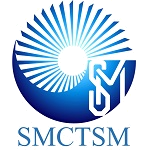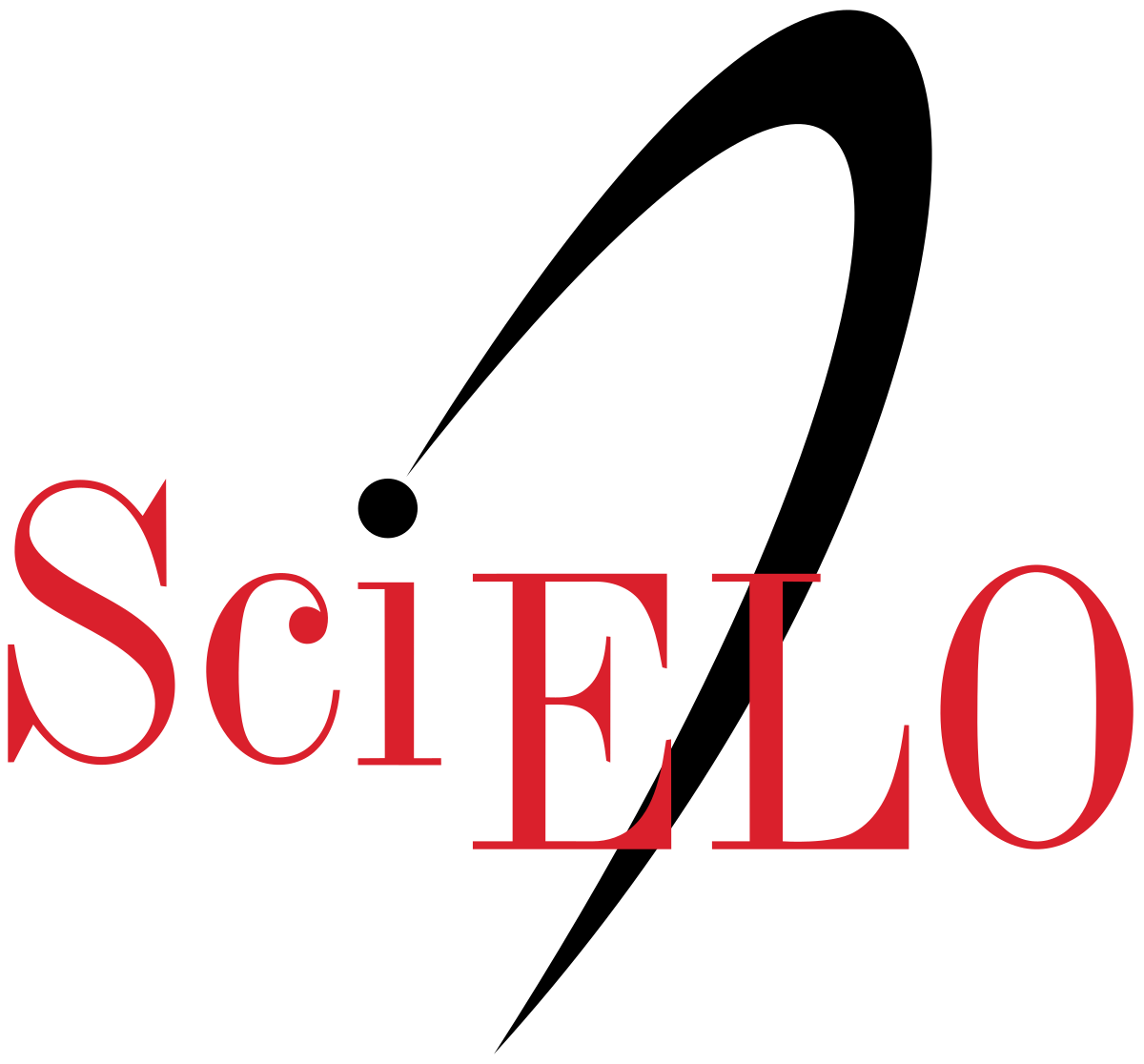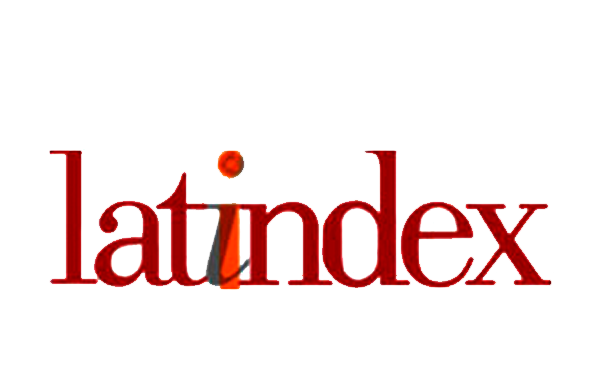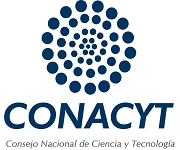Spherically symmetric model of the photoacoustic signal in the temporal domain produced by micrometric objects: the case of melanoma cells in vitro
Keywords:
Photoacoustic, cancer cells, identification, numerical solution, single cell, monolayer.Abstract
An analytical solution for the photoacoustic pressure generated by spherically symmetric objects was obtained by considering decay in the absorbed energy density by unit of time in accordance with Lambert – Beer law. Then the solution was expressed in terms of the Kirchhoff equation. Using the resulting equation, and considering that in biological tissues the dominant mechanism is the thermo elastics expansion, we analyze the expected behavior of the photoacoustic pressure generated by melanoma cell in vitro. We compare the photoacoustic signal generated by one, two and a cell monolayer. Finally, we evaluated our analytical results with the experimental obtained previously [1, 2], showing a good qualitative concordance between theory and experiment.References
V. Zharov, E. Galanzha, E. Shashkov, N. Khlebtsov, and V. Tuchin, SPIE The international society for optical engineering, 10.117/22.1200609.0391, SPIE Newsroom.
G. Gutierrez-Juárez, S. K. Gupta, M. Al-Shaer, L. Polo-Parada, P. S. Dale, C. Papageorgio, J. A Viator, Lasers in Surgery and Medicine 42, 274 (2010).
C. G. A. Hoelen, F. F. M. de Mul, J. Acoust. Soc. Am. 106, 2, (1999).
P. Morse, K. Ingard, “Theoretical Acoustic”, (1st ed, Editorial; Princeton University 1987).
B. Cox, P. C. Beard, Chapter 3 in “Photoacoustic Imaging and Spectroscopy”, Edited by L. V. Wang, (1er.ed, Editorial; CRC Press, 2010).
L. D. Landau, E. M. Lifschitz, “Hydrodynamik”. (Akademie, Berlin, 1981).
R: Pérez-Solano, Tesis M. en F. Universidad de Guanajuato, Julio 2010.
L. Wang, CRCn; Published, 2009-03-09.
S. K. Godunov, “Ecuaciones de la Física Matemática”. Editorial MIR, 2a. Ed 1984.
G. Paltauf, H. Schmidt-Kloiber, Appl. Phys. A 68, 525 (1999).
G. Paltauf, M. Frenz and H. Schmidt-Kloiber. SPIE 2624, 72 (1999).
R. M. Weight, Thesis M.C. Agosto 2006.
L. C. Evans, American Mathematical Society, 19, 13 (2010).
P. Burgholzer, J. Bauer-Marschallinger, H. Grün, M. Haltmeier and G. Paltauf, IOP PUBLISHING, Inverse Problems 23 (2007) S65–S80.
S.L. Jacques and D. J. McAuliffe, Photochemistry and Photobiology, 53, 769 (1991).
G. Paltauf, H. Schmidt-Kloiber, J. Appl. Phys. 82, 1525 (1997).
G. J. Diebold, Chapter 1 in “Photoacoustic Imaging and Spectroscopy”, Edited by L. V. Wang, (1er.ed, Editorial; CRC Press, 2010).
M. W. Sigrist, F. K. Kneubühl, J. Acoust. Soc. Am. 64, 1652 (1978).
J. D. Jackson, “Classical Electrodynamics”, (2ed, Editorial; Wiley, 1975).
D. Cywiak, Tesis M. en F. Universidad de Guanajuato, Agosto 2009.
Downloads
Published
Issue
Section
License
©2025 by the authors; licensee SMCTSM, Mexico. This article is an open access article distributed under the terms and conditions of the Creative Commons Attribution license (http://creativecommons.org/licenses/by/4.0/).





